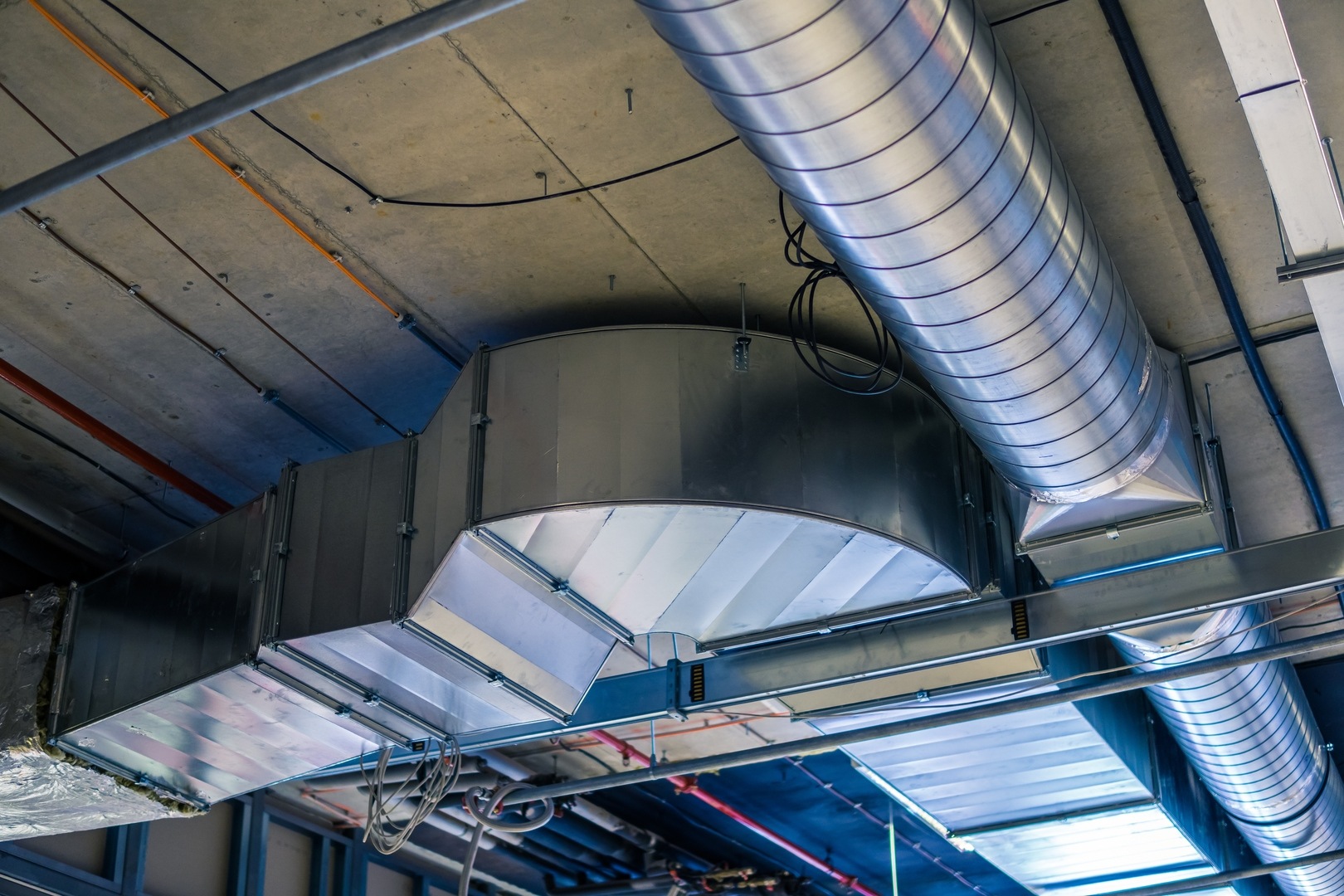Many businesses consider duct cleaning to improve indoor air quality (IAQ) and potentially reduce employee absenteeism. Poor IAQ due to issues like dust, particles, mold and bacteria in HVAC systems has been linked to increased respiratory illnesses, fatigue and other health problems that contribute to missed workdays. Therefore, proper duct cleaning alongside other IAQ measures may help lower absenteeism rates and boost productivity at workplaces.
Dust and Dirt Worsen IAQ
Dust, dirt, debris and contaminants inevitably accumulate over time within HVAC ductwork at commercial facilities. This material becomes re-circulated throughout the building as part of the ventilation system. However, exposure to high levels of dust and particles in indoor air can exacerbate respiratory conditions like asthma, allergies and sinusitis. Coughing, watery eyes and fatigue also commonly result.
Excess dust and contaminants left inside ducts for extended periods also provide surfaces where mold and bacteria can propagate. When this growth is recirculated indoors, it releases spores and microbial byproducts that cause health issues. Additionally, fumes and chemicals can be trapped within HVAC systems and released into occupied spaces. All of these IAQ factors tied to poor duct maintenance may lead to more sick days for employees.
Cleaning Improves IAQ and Health
Conversely, properly cleaning HVAC ducts removes accumulated dust, contaminants, mold and bacteria that worsen IAQ and potentially make occupants ill. Following duct cleaning, fresh filtered air is delivered to indoor spaces that contains far fewer respirable particles and microbial contents. Consequently, occupants tend to report improved comfort, fewer symptoms and better overall health.
In workplaces, these benefits may translate to less absenteeism since employees experience fewer IAQ-related illnesses. Studies have linked enhanced IAQ through interventions like duct cleaning to lower occurrences of health problems that lead to missed workdays. In other words, cleaning ducts as part of a comprehensive IAQ management plan can improve conditions for occupants and potentially reduce unscheduled absenteeism.
Additional Benefits to Consider
Beyond potentially lowering absenteeism, duct cleaning provides additional benefits that may positively impact employee productivity and the overall workplace:
- Higher worker comfort and satisfaction due to better air quality
- Reduced allergy, asthma and respiratory flare-ups among employees
- Fewer complaints about indoor conditions that distract from work tasks
- Enhanced HVAC system performance through improved airflow
- Lower operating costs from more efficient heating and cooling
However, cleaning alone does not ensure optimal IAQ. Regular filter changes, source control, and inspecting/repairing HVAC components remain important. Surfaces must also be properly cleaned within the building. But duct cleaning eliminates one major source of contaminants that impact occupant health and comfort.
In summary, while not a substitute for proper HVAC maintenance and other IAQ practices, cleaning air ducts at least every 5-10 years can potentially reduce health issues tied to poor indoor environments. By improving air quality circulated throughout commercial facilities, duct cleaning may ultimately help minimize unnecessary employee absences and boost workplace productivity over the long run.

